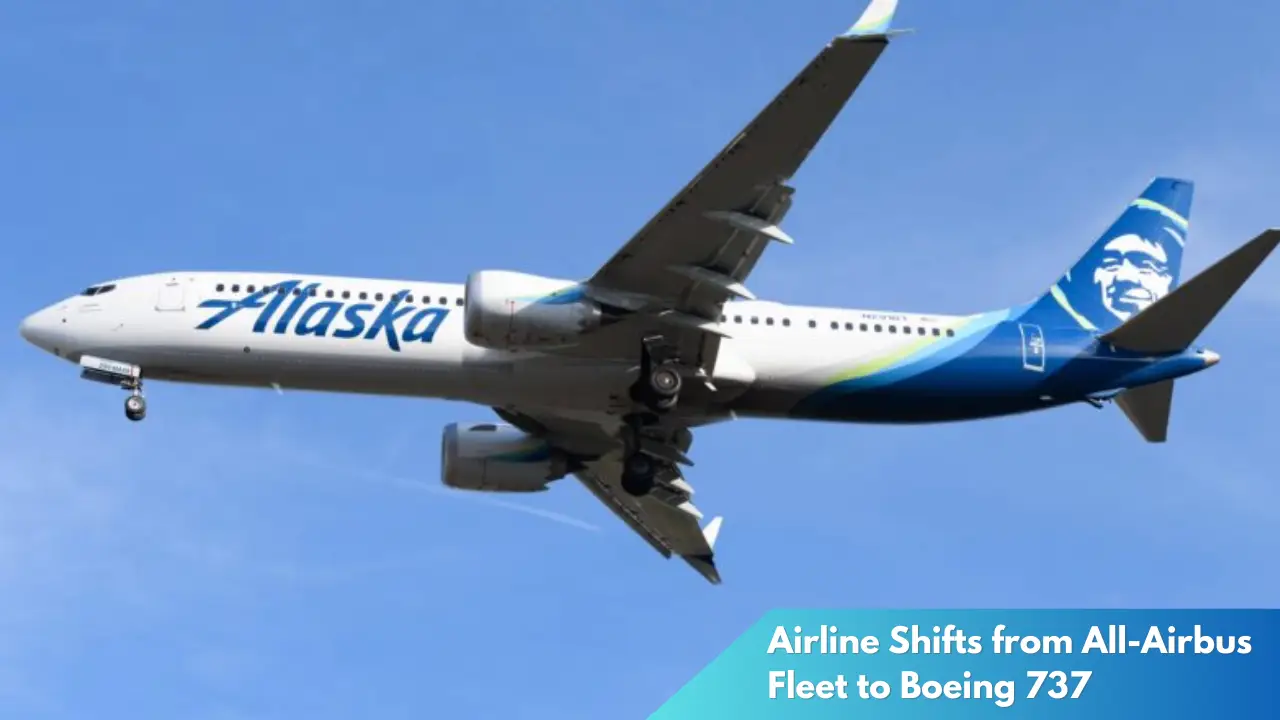Airline Shifts from All-Airbus Fleet to Boeing 737
In a surprising move within the competitive aviation industry, a leading airline has announced its decision to transition from an all-Airbus fleet to exclusively utilizing Boeing 737 aircraft. This significant shift marks a strategic pivot aimed at enhancing operational efficiency and expanding market reach. The decision has sparked discussions among industry experts and aviation enthusiasts alike, as the airline navigates the complexities of modern air travel dynamics.
Airline Transitions from Airbus to Boeing 737 Fleet
The airline’s decision to transition from an all-Airbus fleet to Boeing 737 aircraft marks a significant milestone in its operational strategy. Traditionally reliant on Airbus models, the airline has built a reputation for its high standards of service and reliability. However, the shift towards Boeing 737 aircraft is driven by a comprehensive evaluation of future business needs and an evolving landscape of air travel demands. This transition involves phasing out existing Airbus models over a projected timeline, while integrating Boeing 737s into active service.
The decision to move to an all-Boeing 737 fleet is influenced by factors such as fuel efficiency, technological advancements, and versatility in various flight conditions. Boeing 737 aircraft are well-regarded for their reliability and have seen widespread adoption among airlines aiming to optimize operational costs. The airline expects to leverage these advantages to maintain a competitive edge and provide enhanced service offerings to its passengers.
This fleet transition is not without challenges, as it necessitates substantial logistical and operational adjustments. Pilots and crew will require retraining, while maintenance teams will need to adapt to the technical specifications of the new aircraft. However, the airline remains confident that the long-term benefits of this transition will outweigh the initial hurdles. By adopting a phased approach, the airline aims to ensure a seamless transition for passengers and staff alike.
Strategic Shift Aims to Boost Efficiency and Reach
The strategic shift from Airbus to Boeing 737 aircraft is a calculated move aimed at significantly boosting the airline’s efficiency and reach. As global air travel resumes its upward trajectory post-pandemic, the airline is positioning itself to capitalize on new opportunities and address changing passenger preferences. By standardizing its fleet with Boeing 737s, the airline anticipates achieving greater fuel efficiency, which is crucial in an industry where fuel costs represent a significant portion of operating expenses.
Moreover, the transition aligns with the airline’s broader objective of expanding its route network. With Boeing 737’s enhanced range capabilities, the airline can explore new markets and establish connections to underserved regions. This strategic expansion is expected to not only increase passenger volumes but also strengthen the airline’s brand presence in key international markets. The move is part of a broader strategy to tap into emerging travel corridors and cater to a diverse passenger base.
Additionally, the airline foresees improvements in operational consistency and flexibility as a result of this transition. A homogenous fleet allows for streamlined maintenance processes, reduced spare parts inventory, and simplified training programs for crew members. These efficiencies are projected to lead to cost savings, which can be reinvested into delivering a superior customer experience. As the airline embarks on this transformative journey, it remains committed to upholding its standards of safety, reliability, and innovation in air travel.
The airline’s transition from an all-Airbus fleet to Boeing 737 aircraft represents a bold and strategic move in the ever-evolving aviation industry. By prioritizing efficiency and expanding its operational reach, the airline is positioning itself for sustained growth and success in the future. While challenges are inherent in such a significant shift, the airline’s proactive approach and focus on long-term benefits underscore its commitment to excellence and adaptability in a dynamic market. As the transition unfolds, stakeholders will keenly observe the outcomes of this ambitious endeavor, which promises to reshape the airline’s trajectory and redefine its role in global air travel.



